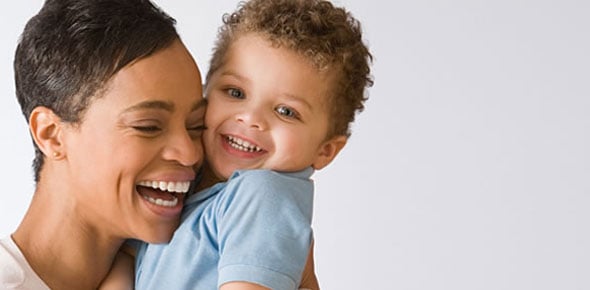When teaching a client about contraception. Which of the
...
A client in her third trimester tells the nurse, “I’m
...
When preparing to administer the vitamin K injection to a
...
The amniotic fluid of a client has a greenish tint. The nurse...
A patient is in labor and has just been told she has a breech
...
For the client who is using oral contraceptives, the nurse informs the...
A multigravida at 38 weeks’ gestation is admitted with
...
The client tells the nurse that her last menstrual period
...
The postterm neonate with meconium-stained
...
After 4 hours of active labor, the nurse notes that the
...
A client with severe preeclampsia is admitted with of BP
...
A postpartum primipara asks the nurse, “When can we have
...
During a prenatal class, the nurse explains the rationale for
...
When teaching a group of adolescents about male hormone
...
Which of the following is the priority focus of nursing practice with...
Which of the following would be the nurse’s most appropriate
...
Which of the following would the nurse use as the basis for the
...
When preparing to listen to the fetal heart rate at 12 weeks’...
A postpartum client has a temperature of 101.4ºF, with a uterus
...
Before assessing the postpartum client’s uterus for firmness
...
Which of the following actions would be least effective in maintaining...
When performing a pelvic examination, the nurse observes a red
...
When taking an obstetrical history on a pregnant client who
...
The nurse assesses the postpartum vaginal discharge (lochia) on
...
During a pelvic exam the nurse notes a purple-blue tinge of the...
Which of the following refers to the single cell that reproduces...
Which of the following would be the priority nursing diagnosis for a...
When describing dizygotic twins to a couple, on which of the...
During the first 4 hours after a male circumcision, assessing for...
A client has a midpelvic contracture from a previous pelvic
...
The mother asks the nurse. “What’s wrong with my son’s breasts?
...
The nurse hears a mother telling a friend on the telephone
...
When developing a plan of care for a client newly diagnosed
...
The nurse understands that the fetal head is in which of the...
A client at 24 weeks gestation has gained 6 pounds in 4 weeks.
...
Which of the following should the nurse do when a primipara who...
When measuring a client’s fundal height, which of the following
...
A newborn who has an asymmetrical Moro reflex response should...
To differentiate as a female, the hormonal stimulation of the embryo...
A client 12 weeks’ pregnant come to the emergency department...
When teaching a group of adolescents about variations in the
...
When preparing a woman who is 2 days postpartum for
...
The nurse documents positive ballottement in the client’s
...
With a fetus in the left-anterior breech presentation, the
...
For which of the following clients would the nurse expect that...
The nurse assesses the vital signs of a client, 4 hours’
...
A client at 8 weeks’ gestation calls complaining of slight
...
Immediately after birth the nurse notes the following on a male
...
A newborn weighing 3000 grams and feeding every 4 hours needs
...
In the late 1950s, consumers and health care professionals
...
















